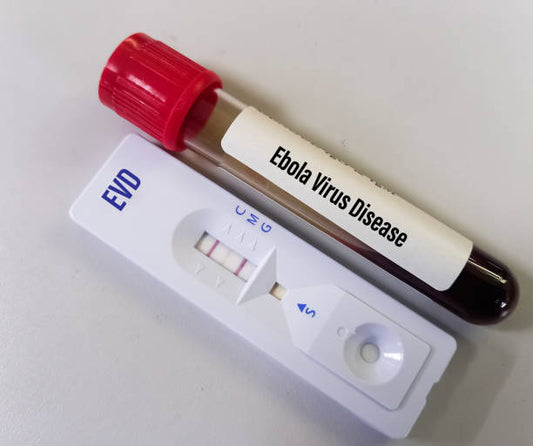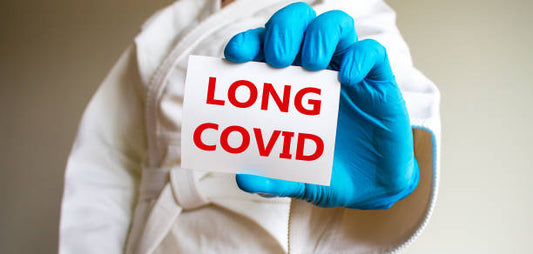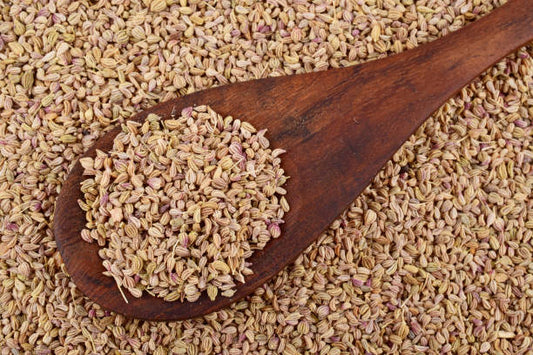Introduction:
Hives, also known as urticaria, is a common skin condition that can be quite uncomfortable. These red, itchy bumps can appear suddenly and often leave us wondering what caused them. In this blog, we'll break down hives into easy-to-understand sections, helping you grasp the basics, recognize the symptoms, and even offer some simple remedies to ease the discomfort.

What are Hives?
Hives are raised, red or pink bumps on the skin that can vary in size and shape. They're often itchy and can appear suddenly. Hives occur when a substance triggers your body's immune response, causing the release of histamine, a chemical that leads to itching and swelling.
Common Causes:
Hives can be triggered by various factors, including:
- Allergens: Foods, pollen, pet dander, and insect stings.
- Medications: Antibiotics, pain relievers, and certain over-the-counter drugs.
- Physical Triggers: Heat, cold, pressure on the skin, or excessive sweating.
- Stress: Emotional stress can sometimes lead to hives.
- Infections: Bacterial or viral infections can cause hives in some cases.
Recognizing Symptoms:
Identifying hives is fairly straightforward. Look for:
- Red or pale bumps on the skin.
- Swelling that often appears suddenly.
- Itching or burning sensation.
- Bumps changing shape, fading, and reappearing in different areas.
When to Seek Medical Help:
While most cases of hives are harmless, some situations require medical attention:
- Severe Symptoms: If you notice swelling of your lips, tongue, or face, or have difficulty breathing, seek help immediately.
- Long-lasting Hives: If hives persist for more than a few days, consulting a doctor is advisable.
- Accompanied by Other Symptoms: If hives are accompanied by fever, joint pain, or other unusual symptoms, a medical evaluation is needed.
Simple Remedies for Relief:
If you're dealing with mild hives, these remedies might offer relief:
- Cold Compress: Apply a cold, damp cloth to the affected area for 15-20 minutes to reduce itching and swelling.
- Oatmeal Bath: Soaking in an oatmeal bath can soothe itchy skin.
- Loose Clothing: Wear loose-fitting, breathable clothing to prevent irritation.
- Avoid Triggers: Identify and avoid substances that trigger your hives.
- Hydration: Drinking plenty of water helps keep your skin hydrated.
Over-the-Counter Solutions:
You can find some relief with over-the-counter antihistamines like cetirizine or loratadine. These can help reduce itching and discomfort.
Prevention Tips:
- Keep a Diary: If you frequently experience hives, maintain a diary to track potential triggers.
- Check Labels: Read ingredient labels to avoid allergens in foods and products.
- Stress Management: Practice relaxation techniques to manage stress.




Conclusion:
Hives might be a bothersome skin condition, but understanding the basics, recognizing symptoms, and knowing how to manage them can make dealing with them much easier. By taking simple steps like avoiding triggers and using home remedies, you can find relief from itching and discomfort. Remember, if you're ever in doubt or experiencing severe symptoms, don't hesitate to consult a medical professional for guidance.
Author: Nikita Vishnoi BCA
Reviewed by: Dr. Varsha Singh Bhati












